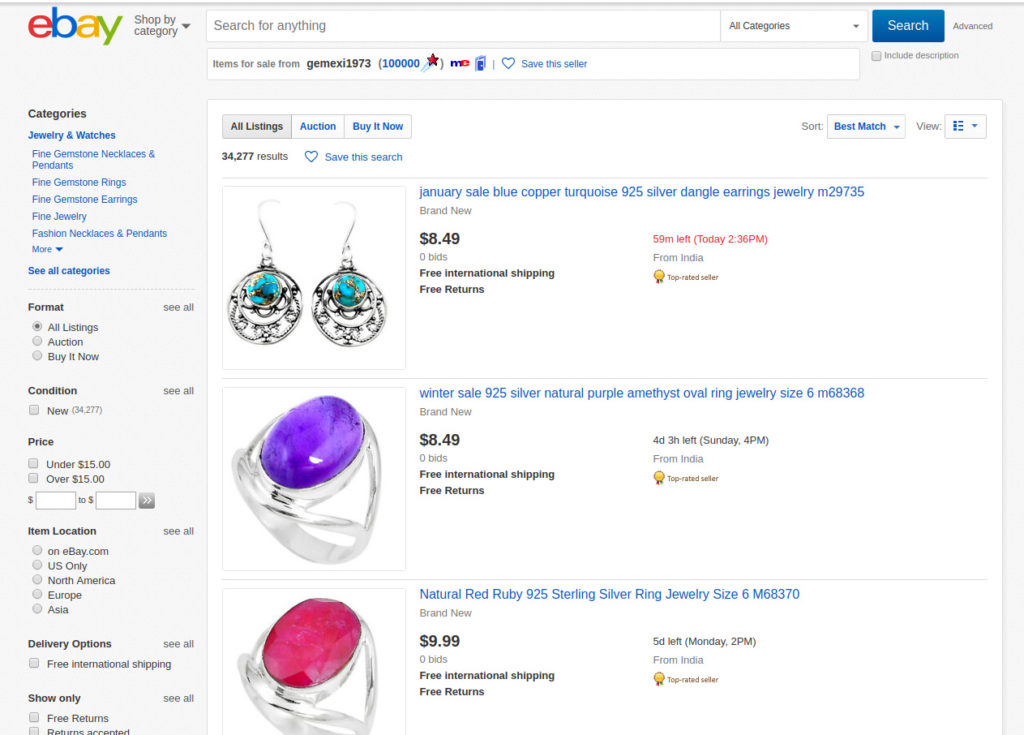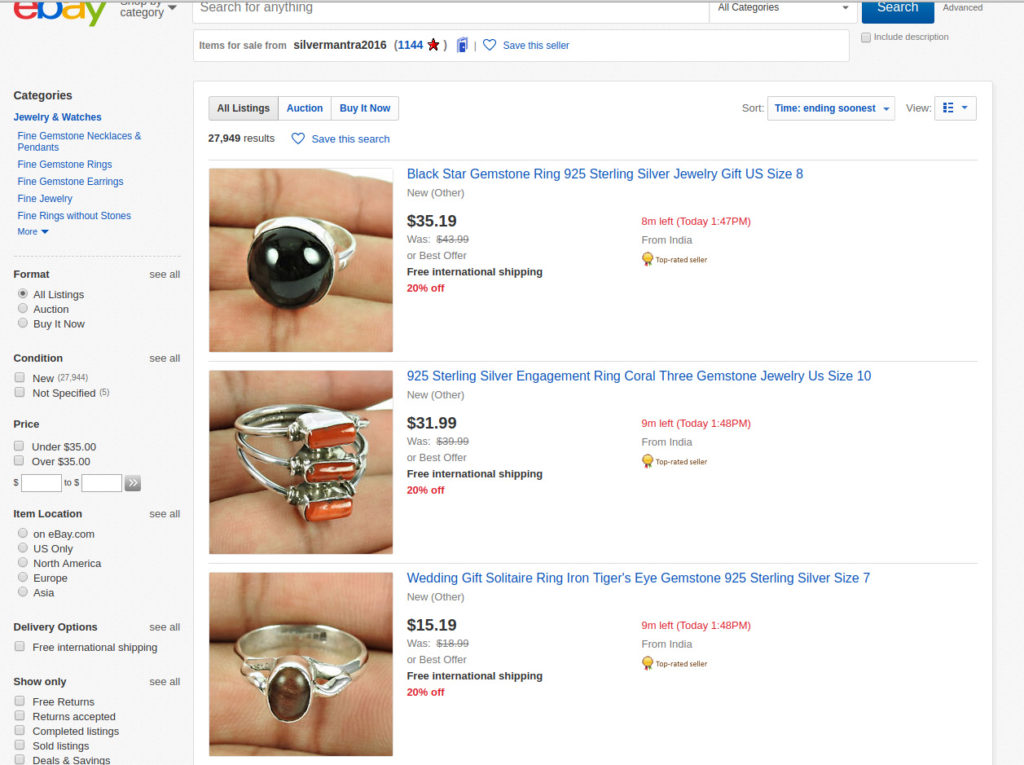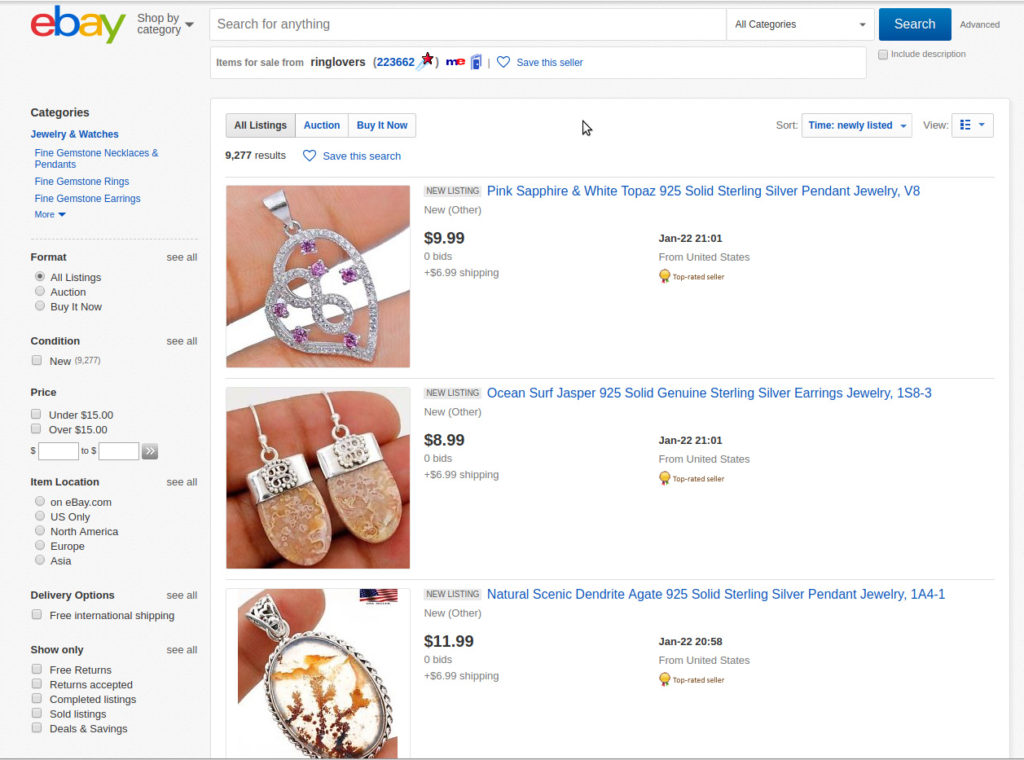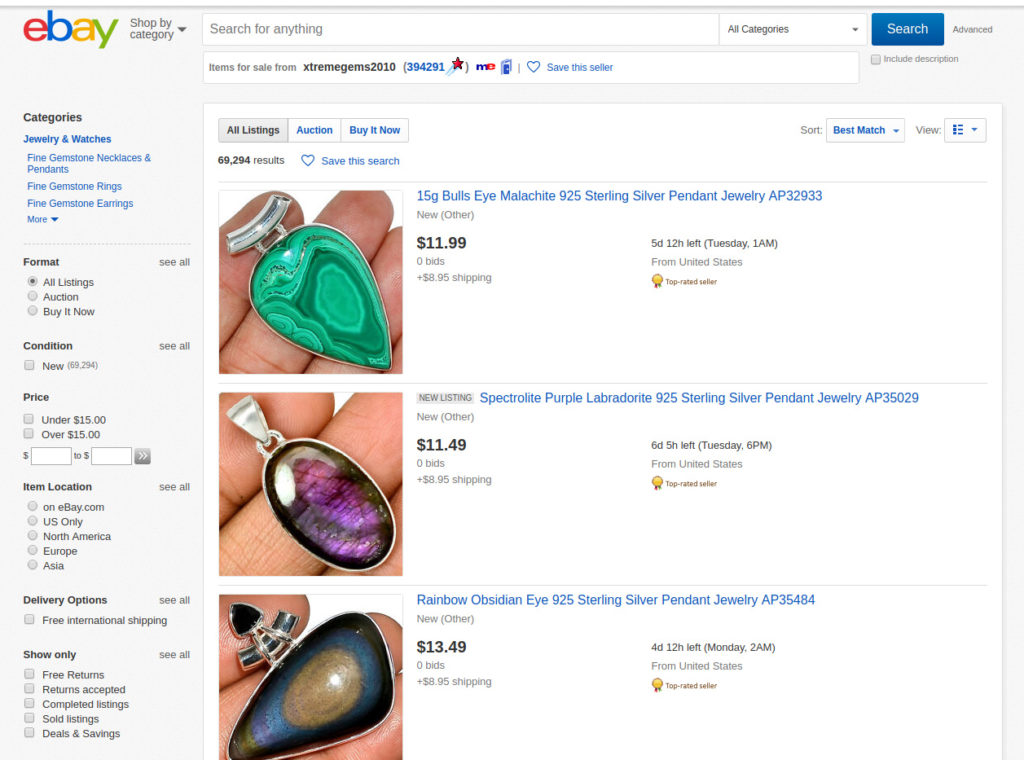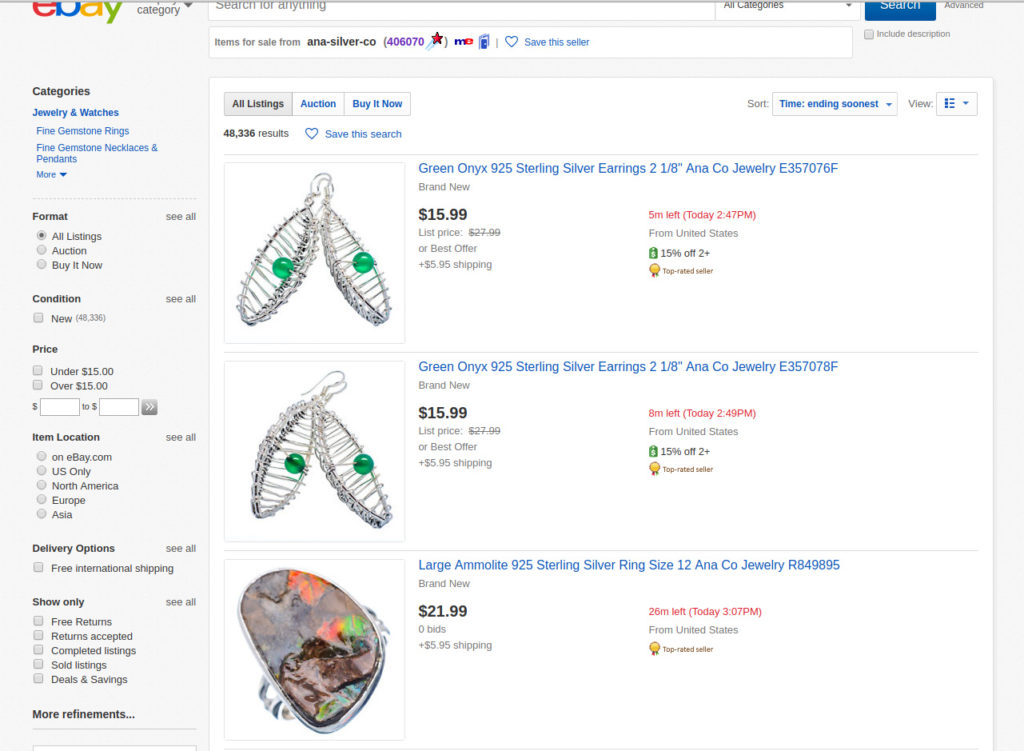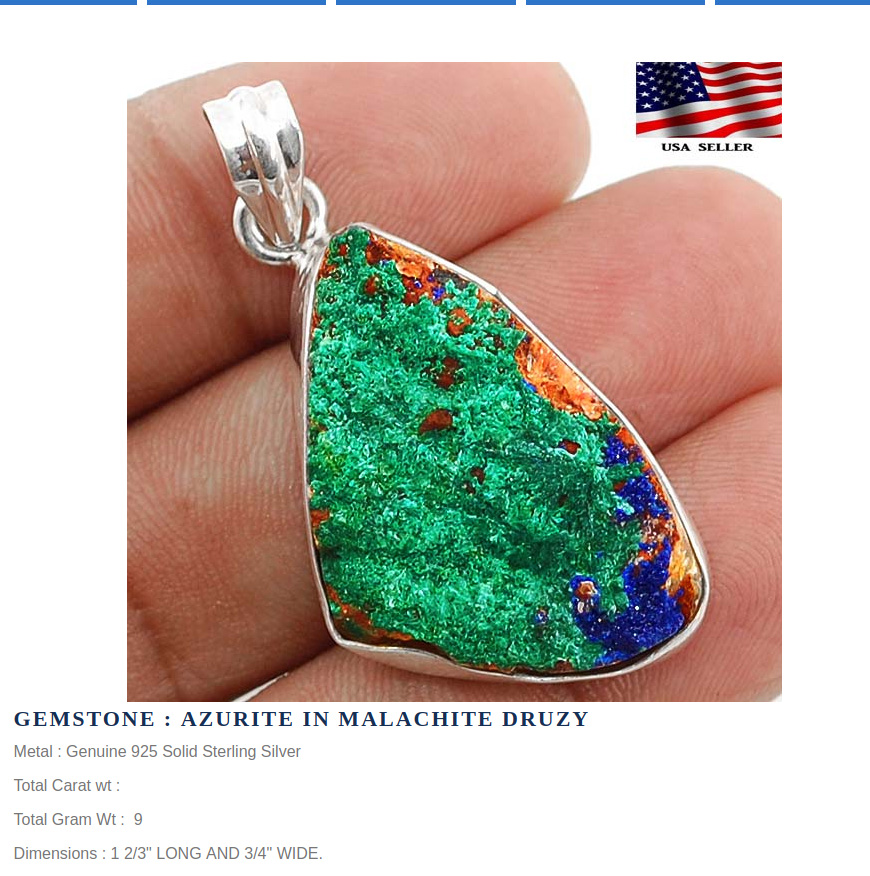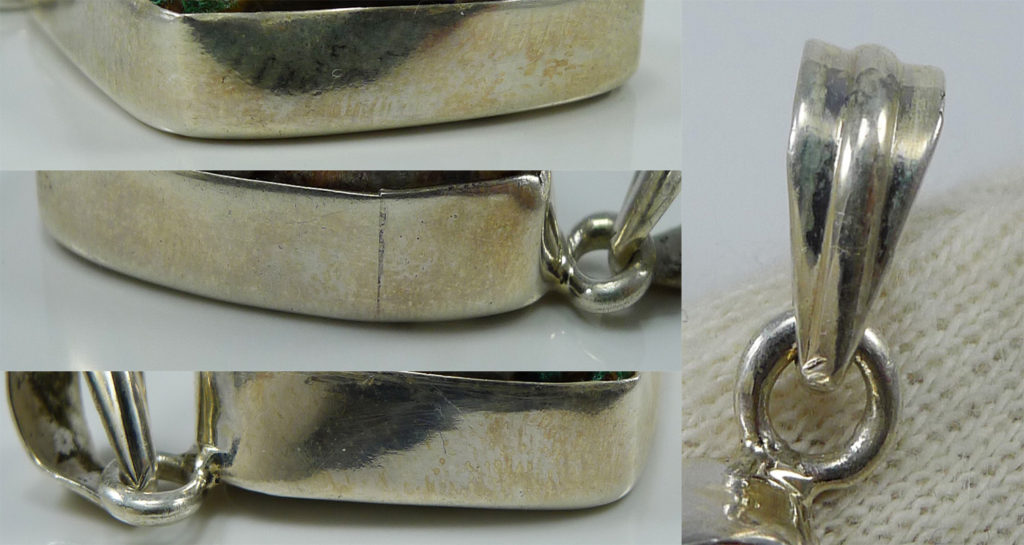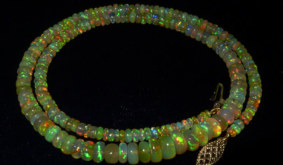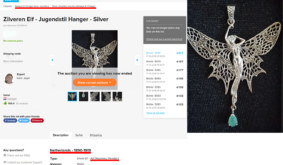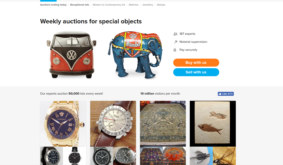What is Cadmium?
Cadmium is bluish-white, soft metal. Although it is a natural element in the Earth’s crust, its concentration is extremely low. According to Wikipedia, “the average concentration of cadmium in Earth’s crust is between 0.1 and 0.5 parts per million (ppm)”. Usually, cadmium is not present in the environment as a pure metal. It is primarily found in zinc-containing ores, but it may also be found in lead and copper ores.
According to the GreenFacts initiative, “Cadmium is produced mainly as a by-product of mining, smelting and refining of zinc and, to a lesser degree, as a by-product of lead and copper production. It is therefore primarily produced in relation to zinc production rather than direct cadmium demand.”
Why Cadmium is Dangerous?
Cadmium is a toxic heavy metal. It means that it is not used by biological systems. It is toxic to humans, animals, plants, and micro-organisms.
It is not really the case that you will have immediate health problems if your jewelry contains cadmium. But then again, would you knowingly wear something that is potentially harmful to your health in the long run?
According to the Dartmouth Toxic Metals Superfund Research Program, “Cadmium is known to accumulate in the kidneys, and some scientists believe that damage to kidney tissue may lead to kidney disease, high blood pressure and heart disease. Calcium related kidney damage leads to calcium deficiencies in the rest of the body, particularly in the skeleton. As the “Itai-Itai” syndrome made clear, in extreme cases cadmium can contribute to aching bones and joints, progressing to extreme deformities and brittleness of bones. Some humans with high blood pressure have been found to have abnormally high amounts of cadmium in their urine, and animals given cadmium in food or water developed kidney and liver disease, high blood pressure, iron-poor blood and nerve or brain damage.”
The Dartmouth Toxic Metals Superfund Research Program also states that “Excessive cadmium exposure may weaken the body’s immune system, and it is also believed to be linked to lung cancer. Some studies suggest it causes prostate enlargement. Some scientists suspect that cadmium may be a reproductive toxin. Some studies have found that animals exposed to high levels of cadmium had a higher incidence of premature birth, low birth weight, stillbirth and spontaneous abortion. Animal studies also suggest that cadmium exposure is linked to behavioral problems and learning disabilities.”
So, to sum up, cadmium can cause various health effects, including stomach pains, vomiting, diarrhea, high blood pressure, kidney, lung, and heart diseases, calcium deficiency, bone deformities and fracture, aching bones and joints, brain damage, psychological disorders, damage to reproductive systems and possibly even infertility, cancer, damage to central nervous system, immune system, and possibly DNA.
According to Caroline Cox, research director of the Center for Environmental Health in California, “Cadmium is particularly problematic for women of child-bearing age because it has the ability to act like a hormone disruptor.”
Cadmium: Skin contact
The vast majority of literature on cadmium intoxication speaks about risks to human health when exposure to cadmium is either by ingestion (of food or water containing cadmium) or by inhalation. However, risks related to cadmium exposure through the skin (dermal exposure) should not be underestimated.
According to the U.S. National Center for Biotechnology Information (NCBI), “Little research has been done on dermal absorption of cadmium. In 1991, Wester et al. experimented on the resorption from cadmium-contaminated soil and water solutions by human cadaver skin in a diffusion cell-model. They could demonstrate a penetration of 8.8 % (soil) and 12.7% (water) of the applied cadmium dose into the skin.”
This is where we come to jewelry, as most of the jewelry (except for brooches, probably) is in direct contact with our skin, and oftentimes such contact is round-the-clock. The risk increases if you touch your cadmium-containing jewelry and then eat something with your unwashed hands.
Why Cadmium is Used in Jewelry?
Cadmium has been used in both fashion and fine jewelry items for over a century, despite it has been recognized as a toxin for a long time.
There are two main reasons why cadmium is used in silver: cadmium acts as the most effective de-oxidizer in silver alloys when silver is melted, and a silver alloy containing cadmium is much more malleable and ductile, making it easier to spin and to draw.
As far as gold is concerned, cadmium is mainly used in gold alloys for color purposes. According to the Assay Office Birmingham, “Cadmium is used in gold alloys in place of silver to obtain different shades of colour such as pale yellow or pink. Certain mixture of cadmium with gold gives green alloy, like the Cu-Cd-Ag-Au mixtures. Greenish 18 carat gold alloys have traditionally been obtained with mixtures containing as much as 12.5 per cent cadmium.”
Cadmium in Jewelry: Legislation
In the US, rules on the use of heavy metals like cadmium vary state by state. There is no limit under federal law on cadmium in jewelry sold in the US.
According to the organization Safer States, California, Connecticut, Illinois, Maryland, Washington, and Minnesota have banned the use of cadmium in children’s jewelry. That is not exactly accurate: these States have rather imposed stringent limits on the permissible levels of cadmium in children’s jewelry.
According to the Office of Legislative Research, Connecticut General Assembly, the limits of allowable cadmium in children’s jewelry are as follows: 0.0075% in Connecticut, Illinois, Maryland, and Minnesota; 0.004% in Washington; 0.03% in California.
These limits apply to jewelry intended for children age 6 or younger in California and Minnesota, under age 12 in Illinois and Washington, and under age 13 in Connecticut and Maryland. Thus, this legislation essentially relates to costume and fashion jewelry, not fine jewelry, and it is effective in only 6 states out of 50.
No laws address cadmium in adult jewelry.
The European Union has taken a substantial step forward. In this context, it is important to mention two legal acts directly applicable at the national level in all 27 member states.
One is Regulation No 1907/2006 on the Registration, Evaluation, Authorization and Restriction of Chemicals (REACH).
The other is Regulation No 494/2011 amending the REACH Regulation as regards Annex XVII (Cadmium). This Regulation is applicable from 10 December 2011, and it provides that the following jewelry articles shall not be used or placed on the market if the concentration of cadmium is equal to or greater than 0,01% by weight of the metal:
-
metal beads and other metal components for jewelry making;
-
metal parts of jewelry and imitation jewelry articles and hair accessories (including: bracelets, necklaces and rings, piercing jewelry, wrist-watches and wrist-wear, brooches and cufflinks).
Note: These requirements do not apply to jewelry more than 50 years old on 10 December 2011.
So, as long as you are buying a brand new jewelry article and it has been hallmarked by an assay office of an EU member state, you can rest assured it complies with the above requirements and contains less than 0,01% cadmium (assay offices are required to test jewelry articles for the concentration of cadmium).
Cadmium in Jewelry: Real Life
In the US, almost anything can happen due to the fact that no laws address cadmium in adult jewelry, and only in six states laws address cadmium in children’s jewelry.
According to the Associated Press, recent analysis “found 31 adult jewelry items purchased from retail stores were at least 40 percent cadmium, and most were more than 90 percent”. Note that this lab testing was performed on costume and fashion jewelry articles.
Of course, the concentration of cadmium can never be this high in fine jewelry articles. It is simply impossible due to the fact that fine jewelry articles have to contain the minimum required percentage of pure precious metals. For example, for sterling silver it is 92.5% pure silver; for 18K gold it is 75% pure gold; for 14K gold it is 58% gold.
However, up to 5% cadmium in sterling silver items is not something totally uncommon. As discussed above, greenish 18K gold alloys can contain as much as 12.5% cadmium.
In the EU, the situation is substantially better due to the REACH Regulation and the EU Rapid Alert System for dangerous non-food consumer products. All kinds of fashion and costume jewelry articles are reported to the Rapid Alert System on a regular basis. You will not find too many fine jewelry items in this system, though, and that is largely due to the hallmarking.
As far as fine jewelry items are concerned, the problems are twofold.
One is that not all of the EU member states make assaying and marking of precious metal articles compulsory. For example, in Austria, Denmark, Finland, Malta, Sweden, Romania, and Slovenia hallmarking is voluntary. In Belgium, Germany, Greece, Italy, and Luxembourg there is no hallmarking.
However, the main problem, according to my experience, pertains to the silver jewelry articles originating in India. Such items are sold in immense quantities on sites like eBay, they are not subjected to any tests, and are available to the buyers from all over the World, thus finding their way also into the markets that are properly regulated (including the EU).
Cadmium in Silver Jewelry: eBay
Cadmium is widely used in silver jewelry made in India. I have never had the same problem with silver jewelry coming from Thailand, for instance.
Articles that I have tested (at the assay office) have shown the concentration of cadmium as high as 5% by weight of the metal.
This may seem as not extremely high concentration, especially when compared to the costume and fashion jewelry articles containing more than 90% cadmium. However, one should bear in mind that this concentration exceeds the limits allowable in the EU more than 500 times, and these limits were set in the REACH Regulation for a very good reason.
Below are some of the eBay sellers whose sterling silver articles contain cadmium. I have no data on what proportion of these articles contain cadmium, as I have tested only a few of them.
However, as Caroline Cox, research director of the Center for Environmental Health in California, puts it: “If you’re the person that buys and is wearing that jewelry, you don’t really care whether it’s a common problem or a rare problem. You have a problem.”
Note how many items these sellers are listing for sale and how many items they have sold in the past according to their feedback (especially taking into account that only 30 – 50% of all the buyers ever leave any feedback).
It is important to note that there are plenty of resellers who are based, for example, in the US but are selling the same Indian-made, cadmium-containing silver jewelry (see below). Again, pay attention to their sales volume!
Be especially cautious if you have bought or are about to buy a piece of silver jewelry with some kind of druzy (druse) or with an uncut semi-precious stone. According to my experience, this type of jewelry is manufactured mostly in India and tends to contain cadmium.
Another piece of advice: if your silver jewelry item looks somewhat uncommon – silver is not bright and shiny, there are some yellowish or dull spots on it that do not look like normal patina (like in the image below), it would be a very good idea to take it to a lab and get it tested for the presence of cadmium.
I am not entirely sure why those spots appear on silver jewelry, but my experience shows that there is a very high degree of correlation between those spots and the presence of cadmium.
